With patriotism, determination, and efforts to overcome all difficulties and hardships, the Party Committee and people of the Viet Bac Inter-zone provided and transported a large amount of human and material resources, contributing with the whole country to the Dien Bien Phu victory that 'resounded throughout the five continents and shook the earth'.
The Viet Bac Inter-Zone Rear in the Dien Bien Phu Campaign
The Viet Bac Inter-Zone was formed in November 1949 on the basis of unifying Inter-Zone 1 and Inter-Zone 10. From 1949 to 1956, the area of the Viet Bac Inter-Zone underwent many administrative changes. Initially, the Viet Bac Inter-Zone included 17 provinces: Cao Bang, Bac Kan, Lang Son, Ha Giang, Tuyen Quang, Thai Nguyen, Bac Ninh, Bac Giang, Quang Yen, Hai Ninh, Phuc Yen, Phu Tho, Vinh Yen, Yen Bai, Lao Cai, Son La, Lai Chau; 1 special zone Hon Gai and Chau Mai Da (Hoa Binh province). In 1950, Vinh Yen and Phuc Yen provinces merged into Vinh Phuc. On July 17, 1952, the Central Party Secretariat decided to "establish the Northwest Zone including four provinces: Yen Bai, Lao Kay, Lai Chau and Son La. From now on, those four provinces will be outside the Viet Bac Inter-Zone" (1). On June 12, 1956, the Politburo decided to establish the Viet Bac Autonomous Region. On August 19, 1956, the Viet Bac Autonomous Region officially operated and the Viet Bac Inter-zone ceased operations.

Viet Bac Inter-Zone is a strategic location: it has the Vietnam - China and Vietnam - Laos borders; it was chosen by the Party Central Committee and President Ho Chi Minh to build a base - a place to live and work for central agencies; it is a large area with favorable natural conditions for agricultural and forestry production as well as hiding and protecting cadres, fighting against the enemy; it is the main battlefield of the North - where many major campaigns of great significance to the revolution of the whole country took place. The lives of the ethnic people here are still difficult, the enemy focuses on attacks, but the people always have a tradition of patriotism, indomitability and resilience. With those characteristics, Viet Bac Inter-Zone has become the strategic rear of the revolution of the whole country, including the Dien Bien Phu Campaign.
VI Lenin affirmed: “To wage a real war, there must be a solidly organized rear base. The best army and the most loyal people to the revolutionary cause will all be immediately destroyed by the enemy if they are not armed, supplied with food and trained properly” (2). Thoroughly grasping the viewpoint of Marxism-Leninism and starting from the reality of the Vietnamese revolution, the Communist Party of Vietnam headed by President Ho Chi Minh soon realized the position and role of the rear base in the struggle for national liberation. To lead the struggle against the French colonialists (1945 - 1954), the Party Central Committee and President Ho Chi Minh proposed a people's war, an all-people, comprehensive, long-term, self-reliant war. To wage a long-term resistance war, it is necessary to build, consolidate and develop a solid rear base to provide human and material resources for the resistance war. The Viet Bac Inter-Zone was not only the area chosen by the Party Central Committee as an important revolutionary base, but also the strategic rear of the revolution of the whole country. Therefore, the contributions of human and material resources of the Viet Bac Inter-Zone to the front were enormous.
Entering 1953, the French colonialists became increasingly dependent on American military aid in an attempt to find an honorable way out. In May 1953, General Nava was sent to Indochina as High Commissioner and Commander-in-Chief of the French Expeditionary Force. In July 1953, General Nava outlined a new political and military plan called the "Navarre Plan", which was expected to "turn defeat into victory" within 18 months. During the implementation of the plan, Nava gradually built Dien Bien Phu into an "invincible" military base. From those moves by the French colonialists, the Party Central Committee directed that major battles on the battlefield be continued. On December 6, 1953, the Politburo met to listen to the General Military Commission's report on the 1954 spring combat plan and decided to launch the Dien Bien Phu Campaign. The Party Central Committee determined: “Dien Bien Phu will be the largest siege ever... Therefore, the preparation has many difficulties and requires intensive concentration of forces to be able to do it...”(3), as well as the demand for supplies for the front is constantly increasing. During the preparation for the Dien Bien Phu Campaign, in the supply plan for May 1954 alone, the Central Supply Council assigned the Viet Bac Inter-zone to ensure 1,000 tons of rice, 90 tons of buffalo and beef, and 30 tons of dried food(4).
In order to complete the tasks assigned by the Central Committee as well as to unify the ideology of action in the entire Inter-zone, on December 8, 1953, the Standing Committee of the Viet Bac Inter-zone Party Committee issued Circular No. 89-TT/LKVB, "On frontline service work", which clearly stated the importance, urgency and difficulties of frontline service work at this time. By 1954, the preparation work for the Dien Bien Phu Campaign was taking place more urgently and quickly, the demand for supplies for the front was increasing, and the difficulties were increasing. Therefore, at the Viet Bac Inter-zone Party Committee Conference, held from January 17 to January 31, 1954, it directed: "Providing supplies for the frontline is a regular task. We must overcome all difficulties to ensure the completion of supplies for the frontline to fight the enemy" (5). That policy of the Inter-zone Party Committee was deployed to localities and received enthusiastic response from ethnic people in labor, production and combat.
Faced with the requirements of the resistance war and the tasks assigned by the Central Committee, the Viet Bac Inter-Zone Party Committee determined: "The Viet Bac Inter-Zone is the base of the resistance war, so the more supplies are required for the resistance war, the more attention must be paid to nurturing the people's strength" (6). Only by relying on the people and always nurturing the material and spiritual strength of the people can the people's lives be guaranteed and the more contributions of the people can be mobilized for the front. With such awareness, the Viet Bac Inter-Zone Party Committee directed the focus on economic development, considering economic and financial work extremely important, emphasizing the need to strengthen the development of agricultural production to produce more rice, corn, potatoes, cassava in addition to other industries.
Implementing the Party Central Committee's policy of fostering people's strength, "mobilizing people's strength must go hand in hand with fostering people's strength. Fostering people more than the people's demands, the more resistance there is, the more abundant the people's strength will be. Therefore, only then can we have a long-term resistance until total victory" (7). The Inter-zone Party Committee directed: "This year, we must combine production development and implementing revenue-expenditure balance with mass mobilization work" (8). The Inter-zone Party Committee led the pilot mass mobilization work in Hung Son commune (Thai Nguyen), Dong Xuan, Tan Trao, Hiep Hoa (Phu Tho). By October 1953, based on the Central Committee's direction, the Viet Bac Inter-zone Party Committee advocated "the third phase of mass mobilization will be carried out in 200 communes, mainly in Thai Nguyen and Phu Tho" (9), from which to arrange and train cadres, organize leadership and regularly draw experience. The Inter-Zone Party Committee emphasized: The land reform work was successful, the productivity in the newly liberated countryside was liberated, the peasants' forces were nurtured..., thus, all resistance work would be promoted, making the base area become a more solid and solid wall in the resistance war and national construction. Therefore, the land reform work was identified by the Inter-Zone Party Committee as the main task in the liberated zone in 1954. On March 7, 1954, the Standing Committee of the Inter-Zone Party Committee of Viet Bac issued Circular No. 19-TT/LKVB, "On the implementation of the plan to mobilize the masses to reduce rent in the 4th phase", in which it emphasized that the provincial Party Committees and Youth Union Committees "must direct the work of mobilizing the masses to reduce rent in a steady, fast, good and concise manner as the central motto has set out" (10).
The implementation of the policy of promoting production, reducing rent and interest and preparing for land reform made the ethnic people of Viet Bac excited and enthusiastic about increasing production and participating in the resistance war. Production emulation movements took place vigorously, people actively dug ditches, ponds, and ditches to fight drought, carried out intensive cultivation, fertilized, weeded, cultivated, composted straw on the surface of the beds, and planted water hyacinth in the rice fields to fight drought... In order to ensure both production and fighting, and mobilize laborers to serve the campaign and repair bridges and roads, people exchanged labor and supported each other in production. Family side jobs were also developed, and trade was adjusted to promote production. In the first months of 1954, when the work serving the Dien Bien Phu Campaign was pushed to the highest level, the rear made more efforts to solve difficulties in labor and means... The Inter-zone Party Committee directed to encourage the rear and the front to compete in labor, production, killing enemies and making achievements, it was necessary to "regularly report news of victory to the people in the rear along with reporting the achievements of the rear to the soldiers on the front" (11).
To build a strong rear, in addition to the task of promoting production and economic development, the Viet Bac Inter-zone Party Committee also focused on directing and implementing the work of protecting the Inter-zone. In 1953 and 1954, with the plot to end the war with the help of American imperialism and French colonialism, on the one hand, they tried to pacify the temporarily occupied areas, on the other hand, they increased attacks and harassment of our free areas to reduce the rear's ability to serve the front line, forcing us to fight them in every area. In the Viet Bac Inter-zone, taking advantage of the places where our bases were still weak and cadres and soldiers were less active, the enemy sent commandos, agents, and traitors to bribe, deceive, and threaten the people to organize reactionary bandit bases to oppose the Party's policies and the State's policies, especially agricultural taxes and public works. In addition to measures to mobilize people to increase production and develop the economy, the Viet Bac Inter-zone Party Committee actively directed and organized the work of fighting the enemy's looting of crops, eliminating bandits and reactionaries to protect the rear from enemy sabotage.
On December 18, 1953, the Standing Committee of the Viet Bac Inter-Zone Party Committee issued Directive No. 52-CT/LKVB, "To the provincial Party Committees of Ha Giang, Tuyen Quang, Cao Bang and Bac Kan on stepping up bandit suppression activities in the border areas of the four provinces", emphasizing: "To destroy bandits, we must use military forces to suppress their armed activities, at the same time step up propaganda and education work, attract misguided elements to follow bandits, win over the masses, make people not fear bandits, hate bandits and boldly cooperate with us to destroy the ringleaders who were isolated at that time" (12), and at the same time establish a steering committee for bandit suppression. The steering committee urgently carried out the third phase of the bandit suppression campaign in Ban Man, Bang Thanh commune and surrounding areas. In early 1954, the group expanded its scope of operations to Nghien Loan and Xuan La communes..., coordinating with the authorities and armed forces of the provinces to launch many attacks and sweeps into bandit dens. The victory of the bandit suppression work raised the people's awareness, the political security situation in the rear gradually returned to stability, and the great national unity bloc was strengthened. The people had more confidence in the leadership of the Party and the Inter-zone Party Committee, were assured to increase production and were excited and enthusiastic to participate in the resistance work.
With the spirit of overcoming all difficulties and determination to complete the task, a "road and bridge campaign" was deployed on a large scale in the Viet Bac Inter-zone. Authorities at all levels actively propagated, encouraged, and mobilized people along with cadres and soldiers to repair and protect the vital roads. With the spirit of patriotism, many groups of laborers including the elderly, young, women, and men from the highlands poured into Routes 1 and 3, working day and night to repair and ensure traffic. During the implementation of the task, local people had the initiative to establish "Protection Teams" and "Main Teams for repairing roads and bridges". Under the direction and organization of the Viet Bac Inter-zone Party Committee and the efforts of the people, the area and productivity of rice and crops increased, transportation was ensured and maintained, bandit suppression work achieved many results..., which had a great effect in building and consolidating the rear, the ethnic people were assured, enthusiastic, and made the highest efforts to support the Dien Bien Phu Campaign.
During the entire Dien Bien Phu Campaign, the Viet Bac Inter-Zone provided: 4,680 tons of food and 130,554 laborers to serve the campaign (13), with a total of 35,000 laborers (14). Particularly, the provinces of Thai Nguyen, Bac Kan, and Lang Son continued to send 34,000 kg of pork to the front for the troops in the second and third phases of the campaign (15). In the six provinces of the Inter-Zone alone, Cao Bang, Lang Son, Bac Kan, Thai Nguyen, Bac Giang, and Bac Ninh, mobilized and sent to the front 4,680 tons of rice, 118 tons of meat, and 113 tons of sesame, beans, and peanuts (16).

Some lessons for the current nation building process
The practice of building the Viet Bac Inter-Zone rear as well as the Inter-Zone's contribution to the Dien Bien Phu Campaign left valuable lessons for the cause of national construction and defense.
First, always trust in the people to promote the tradition of patriotism and the spirit of self-reliance and self-improvement.
Viet Bac Inter-zone is a large area with many mountainous provinces, sparsely populated, mainly ethnic minorities. The Viet Bac Inter-zone Party Committee has had appropriate policies to arouse and promote the patriotic tradition of the people. The ethnic people in Viet Bac Inter-zone are determined to overcome all difficulties and hardships, participate in labor, production, stabilize their lives and carry out heavy but glorious tasks to contribute to the front, contributing to the victory of the resistance war against the French colonialists. In the current context, the 13th National Party Congress pointed out: "Strongly arousing the spirit of patriotism, the will of national self-reliance, the strength of great national unity and the aspiration to develop a prosperous and happy country" (17) is a great driving force for national development.
Second, build and ensure smooth transportation.
The Viet Bac Inter-Zone is an area with many important routes connecting the rear areas with Dien Bien Phu and our country with other countries. During the preparation and execution of the Dien Bien Phu Campaign, despite many difficulties and fierce attacks by the enemy, the Viet Bac Inter-Zone Party Committee closely directed and stood side by side with the troops and people to ensure the smooth operation of the routes and to provide manpower and resources for the front. The disastrous defeat of the French colonialists in the Dien Bien Phu Campaign was due to many reasons, including the fact that the French colonialists could not ensure transportation to serve the battlefield.
In the current context, transportation is becoming more and more important, identified by the Party as one of the three strategic breakthroughs to build the country in the coming time. The 13th Party Congress emphasized: "Continue to promote the implementation of strategic breakthroughs in building a synchronous infrastructure system with a number of modern works. Focus on prioritizing investment and early putting into use key infrastructure works and projects on road, rail, sea and air transport connecting regions, areas, and economic centers domestically and internationally" (18), including prioritizing infrastructure development for the midland and mountainous provinces of the North, in the spirit of Resolution No. 11-NQ/TW of the Politburo, "On the direction of socio-economic development, ensuring national defense and security in the midland and mountainous regions of the North until 2030, with a vision to 2045".
Third, building goes hand in hand with protecting the Fatherland.
During the resistance war against the French colonialists, especially during the preparation and execution of the Dien Bien Phu Campaign, the Viet Bac Inter-Zone was always the focus of enemy attacks and bandits sabotage from within. To ensure the supply of a large amount of human and material resources to the front, during the direction, the Viet Bac Inter-Zone Party Committee always paid attention to the task of preventing and fighting against the enemy sabotage in the rear, stepping up the work of eliminating bandits, contributing to protecting the lives and property of the people, and strengthening the solidarity and unity of the entire Inter-Zone.
In the current period, hostile forces continue to use various tricks and tactics to sabotage our country's revolution. Therefore, it is necessary to always raise the spirit of revolutionary vigilance, prevent and combat the plot of "peaceful evolution", and closely link the tasks of building and defending the Fatherland. The 13th Party Congress advocated: "Have a plan to prevent the risks of war and conflict early and from afar. Strive to prevent conflicts and wars and resolve disputes by peaceful means in accordance with international law" (19).
Exactly 70 years have passed, but the victory of the Dien Bien Phu Campaign is always a brilliant golden history of the nation. The victory of the Dien Bien Phu Campaign is the victory of the people's war strategy, the victory of the strategy of building a solid rear, "all for the front, all for victory", leaving many valuable lessons for the cause of building and defending the Fatherland today./.
---------------------
(1) Complete Party Documents , National Political Publishing House, Hanoi, 2001, vol. 13, p. 210
(2) VI Lenin: Complete Works , National Political Publishing House, Hanoi, 2006, vol. 35, p. 497
(3) Complete Party Documents , National Political Publishing House, Hanoi, 2001, vol. 14, p. 594
(4) Viet Bac Inter-zone Party Committee: Report on the implementation of the task of ensuring supply needs for the front line and the task of ensuring transportation , file 43, preservation unit No. 1041, Central Party Office Archives Department.
(5), (10), (11) Communist Party of Vietnam: Lawsuit against the Viet Bac Inter-Zone Committee in the period 1946 - 1956 , National Political Publishing House Truth, Hanoi, 2020, vol. 8, pp. 197, 218, 312
(6), (7), (8), (12) Communist Party of Vietnam: Documents of the Viet Bac Inter-Zone Committee for the period 1946 - 1956, op. cit ., vol. 7, pp. 1, 549, 760 -761
(13) Military Region I Command: Summary of the direction of implementing the strategic military tasks of the Viet Bac Inter-zone in the resistance war against French colonialism (1945 - 1954), People's Army Publishing House, Hanoi, 1991, vol. 3, p. 92
(14), (15) Vietnam Military History Institute: Viet Bac 30 years of revolutionary war (1945 - 1975) , People's Army Publishing House, Hanoi, 1990, vol. 1, pp. 353, 354
(16) Military Region I Command: Summary of the direction of implementing the strategic military tasks of the Viet Bac Inter-zone in the resistance war against French colonialism (1945 - 1954), op. cit. , 1991, vol. 3, p. 189
(17) Documents of the 13th National Congress of Delegates , National Political Publishing House Truth, Hanoi, 2021, vol. II, p. 324
(18), (19) Documents of the 13th National Congress of Delegates , National Political Publishing House Truth, Hanoi, 2021, vol. I, pp. 126 - 127, 156 - 157
Source



![[Photo] Cat Ba - Green island paradise](/_next/image?url=https%3A%2F%2Fvphoto.vietnam.vn%2Fthumb%2F1200x675%2Fvietnam%2Fresource%2FIMAGE%2F2025%2F12%2F04%2F1764821844074_ndo_br_1-dcbthienduongxanh638-jpg.webp&w=3840&q=75)






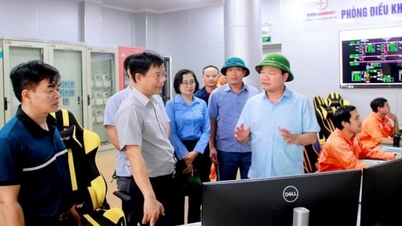

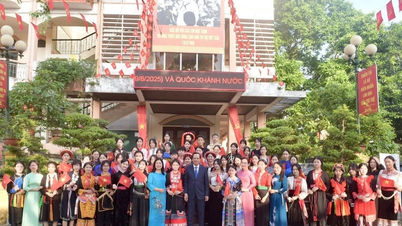



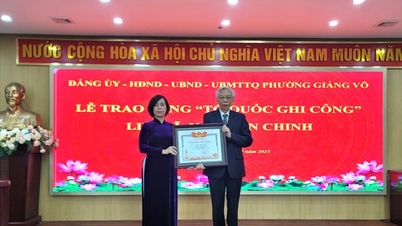

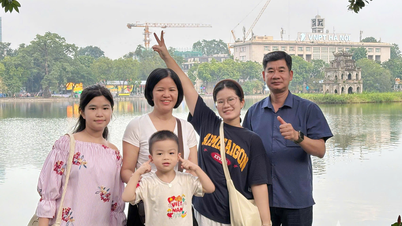



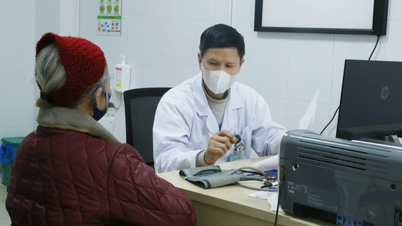
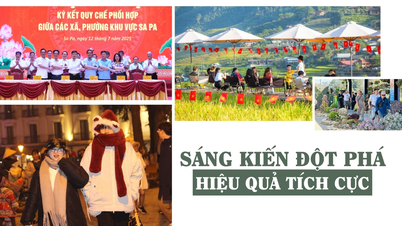
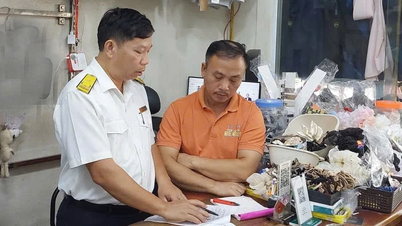
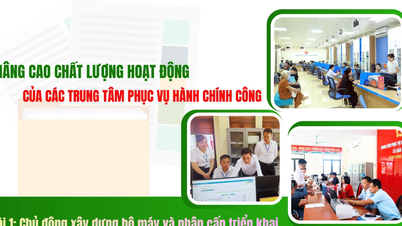
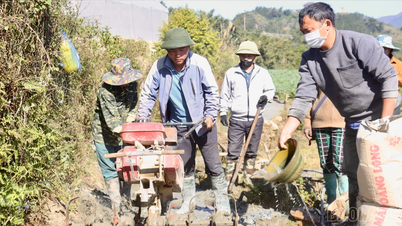






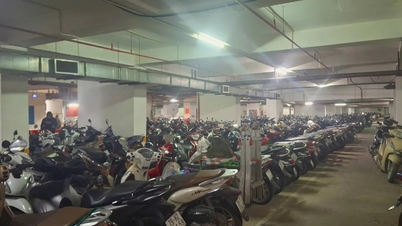
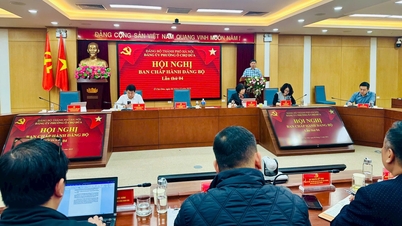

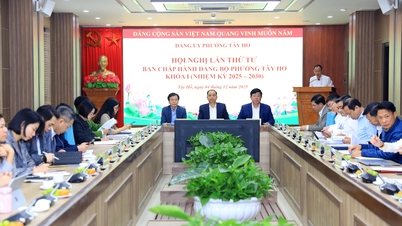

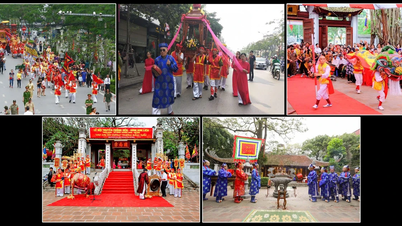

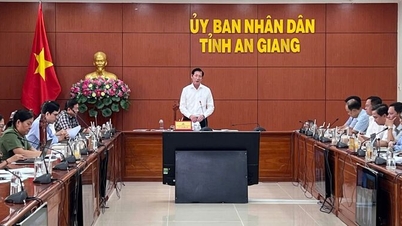

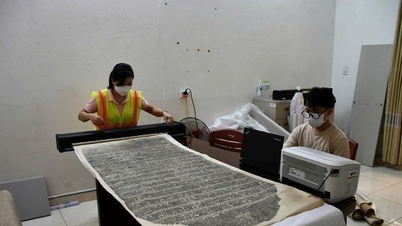

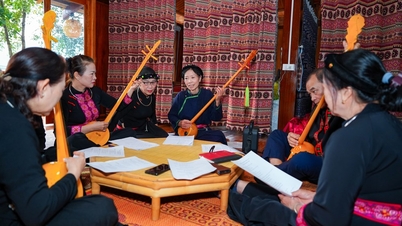



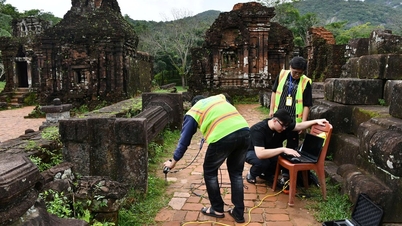




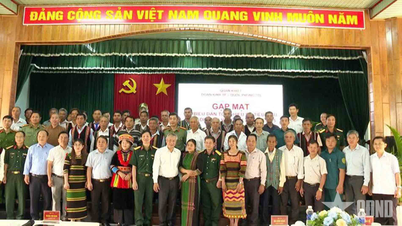


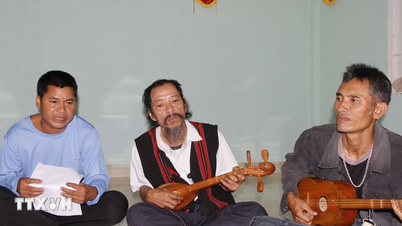



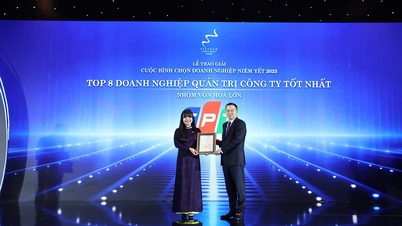



![[VIMC 40 days of lightning speed] Da Nang Port: Unity - Lightning speed - Breakthrough to the finish line](https://vphoto.vietnam.vn/thumb/402x226/vietnam/resource/IMAGE/2025/12/04/1764833540882_cdn_4-12-25.jpeg)
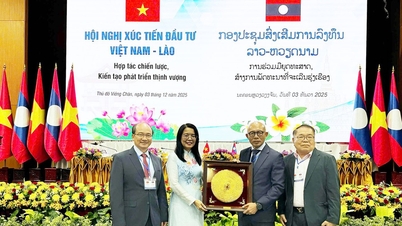

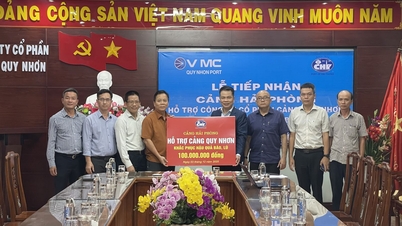







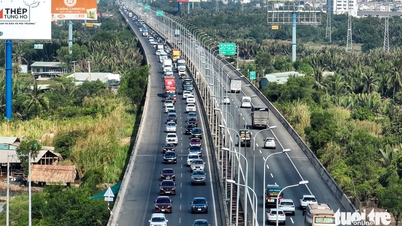





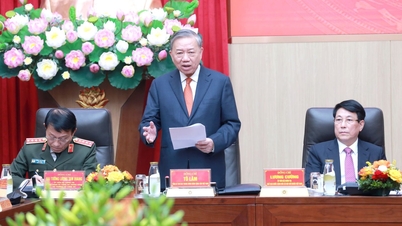

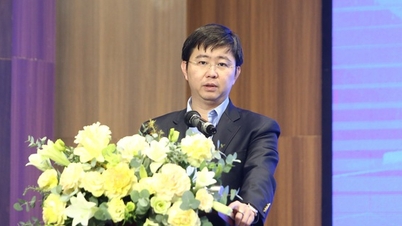

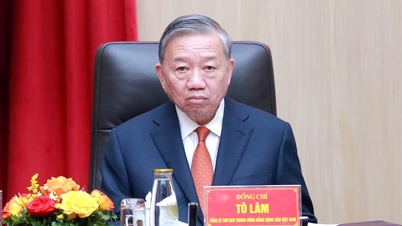


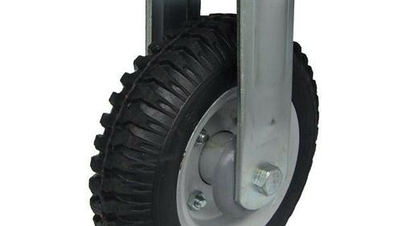


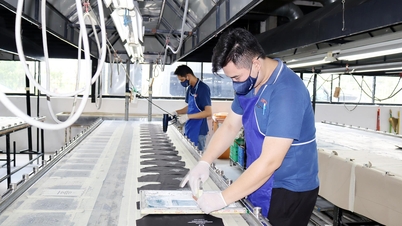

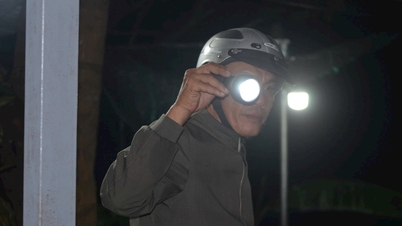

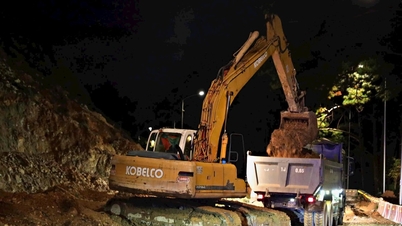
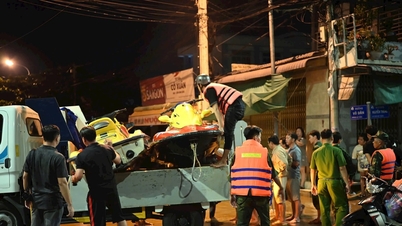
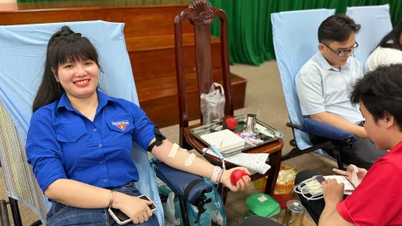

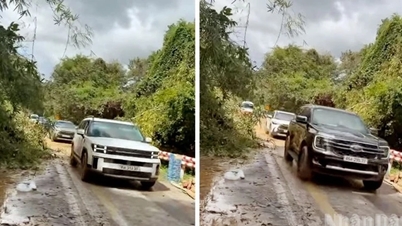








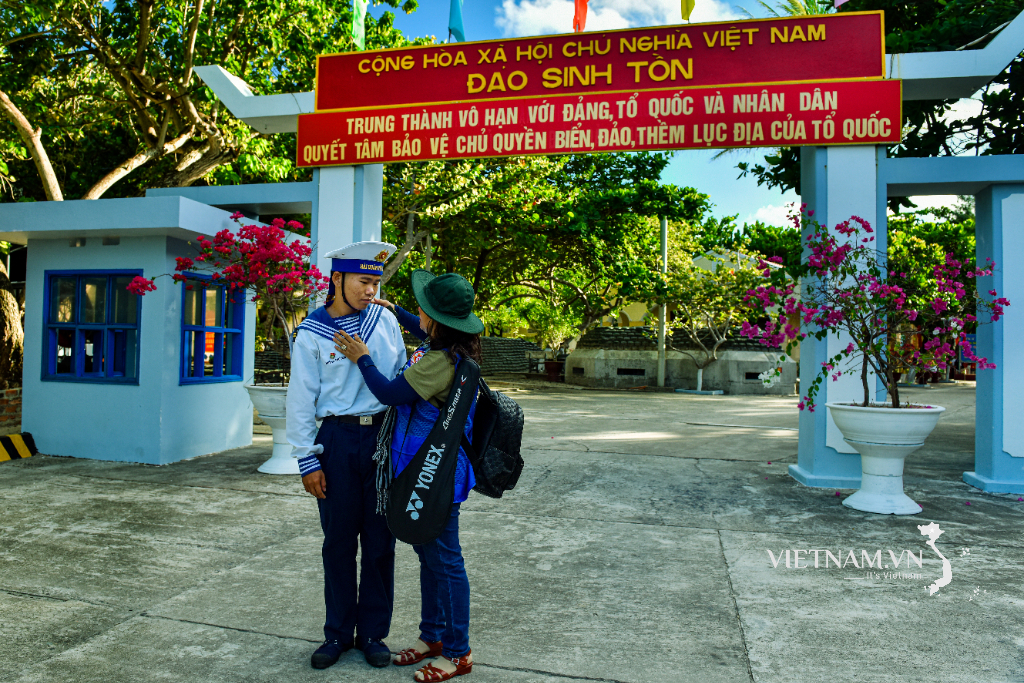



Comment (0)